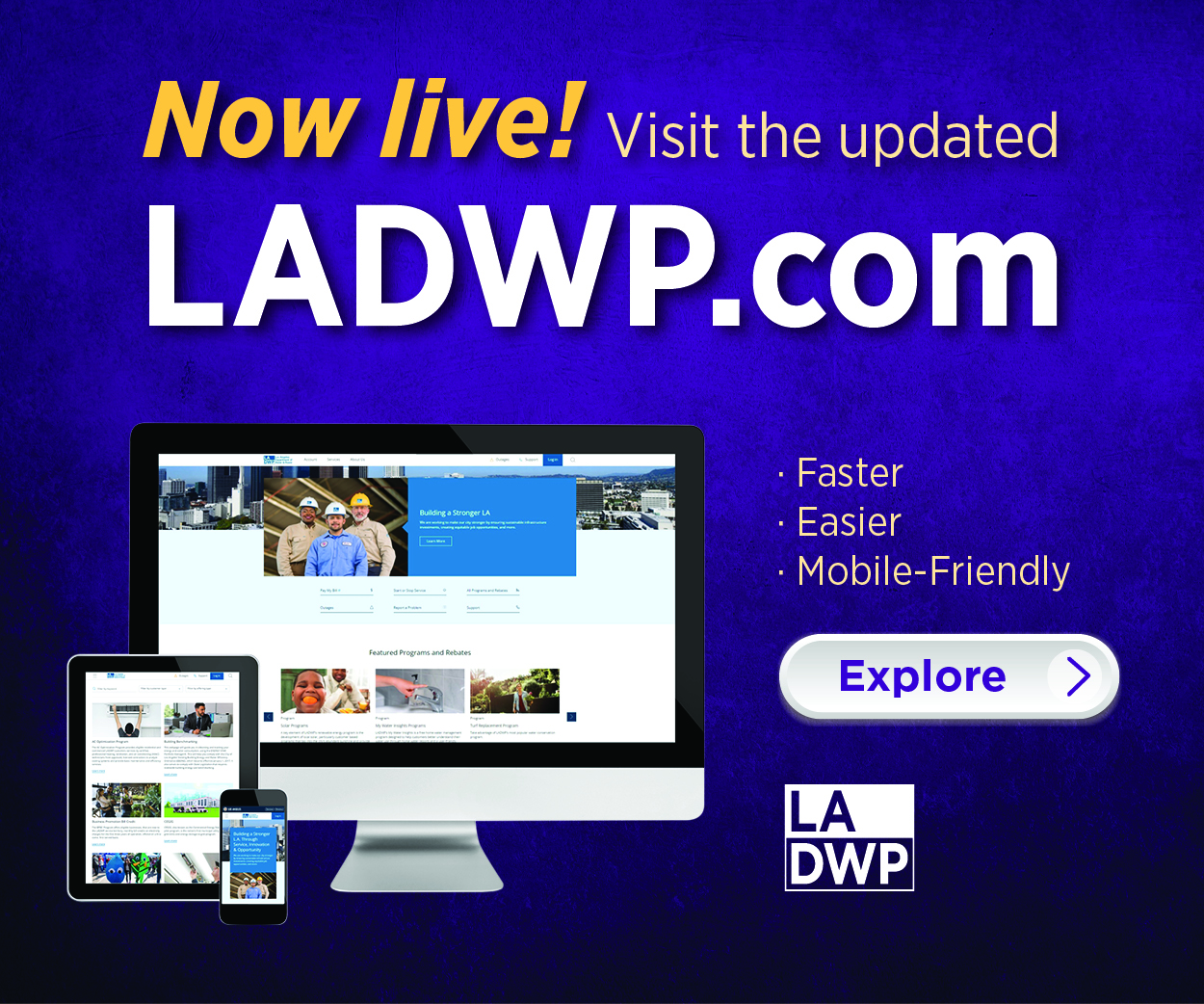Comments
PUBLIC SPEAKING - Effective presentations rely on more than just well-designed slides. Charts, icons, and diagrams help illustrate ideas, but visual elements alone can’t always deliver the full message. Without a clear verbal context, even polished presentations can leave audiences guessing.
Adding voice narration helps close that gap. It offers structure, clarifies intent, and supports understanding, especially when explaining complex or layered content. Whether used for teaching, training, or business communication, voice strengthens the connection between the presenter and the audience.
Why Voice Matters in Presentations
Slides can show data, structure ideas, and highlight key points, but they can’t explain themselves. That’s where voice comes in. Narration gives meaning to what’s on screen. It helps the audience focus on what matters and understand the flow of information as intended.
In remote settings or asynchronous formats, voice is even more important. When there’s no live presenter to guide the material, narration fills the gap. It gives the audience something to follow, which improves clarity and keeps attention on the content.
Presenters today have more options than ever for adding voice to their slides. Built-in narration features and text-to-speech tools can cover basic needs, but options like AI talking avatars go further by producing natural-sounding voiceovers with greater flexibility in tone, language, and style. This makes them particularly effective for tutorials, training decks, or multilingual presentations where clarity and consistency are essential.
Voice does not replace design; it supports it. When narration works alongside visuals, the presentation becomes easier to follow and more effective overall.
When to Use Voice in Presentations — and When to Hold Back
Narration can be helpful in most presentation formats, but it works best in specific contexts. For example, instructional decks, onboarding walk-throughs, and explainer videos benefit from clear, paced voiceovers. These formats often require more structure than slides alone can provide.
Voice is also effective when the content is consumed independently, such as during self-paced training or asynchronous learning. Without a live presenter, narration gives structure and helps guide viewers through each point without confusion.
That said, not every presentation needs voice. In live talks where the speaker is already presenting in person or on a call, adding pre-recorded narration might be redundant or distracting. The key is to use voice when it clarifies, not complicates, the message.
Common Presentation Mistakes That Voice Can Solve
One of the most common issues in presentations is relying too heavily on text. When slides are packed with full sentences, dense bullet points, or long explanations, the layout becomes harder to follow. Viewers often read ahead or lose focus, and the message loses its impact.
Adding voice narration helps reduce text clutter. When spoken words carry the explanation, slides can be simplified visually. This keeps attention where it’s needed and makes the content easier to process. Research on multimedia learning principles shows that combining narration with visuals helps learners retain information better than using text alone.
Voice also helps explain complex elements. A diagram or multi-step process may look clear to the presenter, but without context, it can confuse the audience. Narration allows the presenter to guide the viewer through each part, keeping the flow organized and the message clear.
Design Tips for Syncing Voice and Visuals
When narration is added to a presentation, slide design should support it. If the explanation is delivered verbally, slides can focus on visual cues and keywords. This prevents the audience from being overloaded by too much on-screen information.
Slides should be timed to match the pacing of the narration. Avoid showing everything at once if the spoken content introduces ideas step by step. Use animations or transitions to guide attention gradually, especially when presenting a process or comparison.
Visuals should reflect what’s being said. Diagrams, charts, and structured layouts are especially effective for narrated sequences, allowing each idea to be introduced clearly and in order.
When voice and design work together, the presentation becomes easier to follow and more engaging.
Why Voice Enhances Accessibility and Inclusivity
Presentations are often shared with audiences that learn and process information in different ways. For some, listening offers better focus and retention than reading. For others, voice provides the structure and clarity that static text might lack. Narration can help bridge these differences by making the content more flexible and easier to understand.
This is especially important in educational and training settings, where accessibility isn’t optional. Adding voice helps those with visual impairments, cognitive processing differences, or limited reading fluency. It also supports viewers working in a second language, who benefit from hearing natural pacing and pronunciation.
Design choices matter just as much. Principles like readable fonts, contrast, and layout structure contribute to how easily all learners understand content. These same considerations are essential when creating digital learning tools, such as making an LMS inclusive for visually impaired students. When content is easier to access, it becomes easier to learn from.
Conclusion
Good slide design makes information easier to see. Voice makes it easier to understand. When used together, they create a more complete presentation that works well across formats and for a wider range of viewers.
Adding narration doesn’t require complicated tools or production. With thoughtful pacing and simple design, voice can improve clarity, support different learning styles, and help presentations do what they’re meant to do: communicate clearly.






